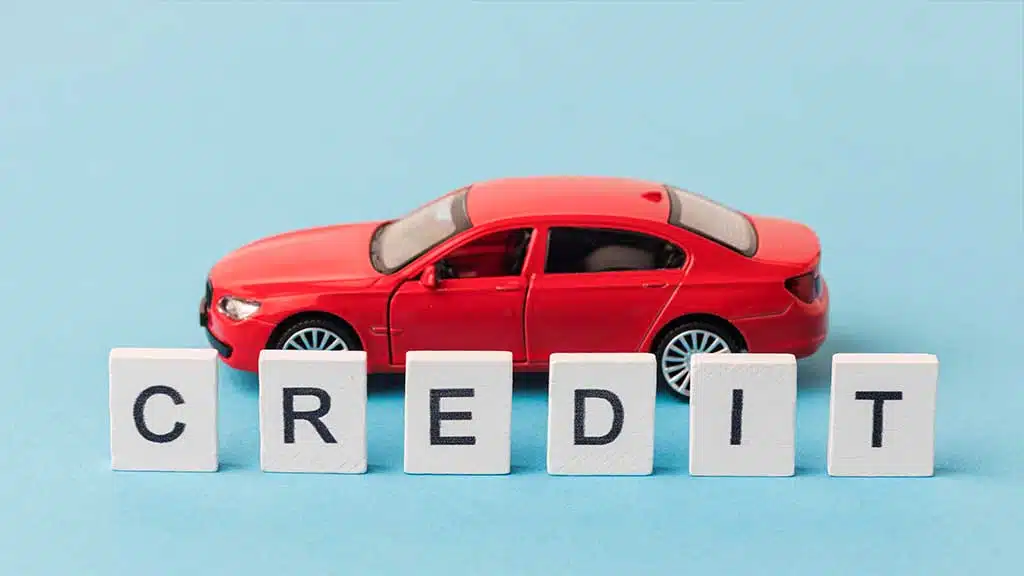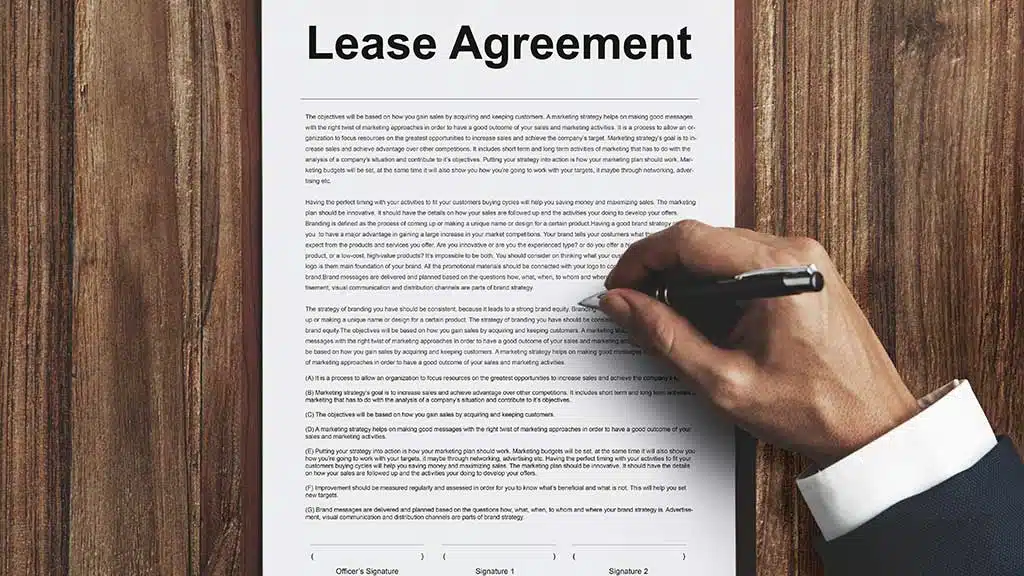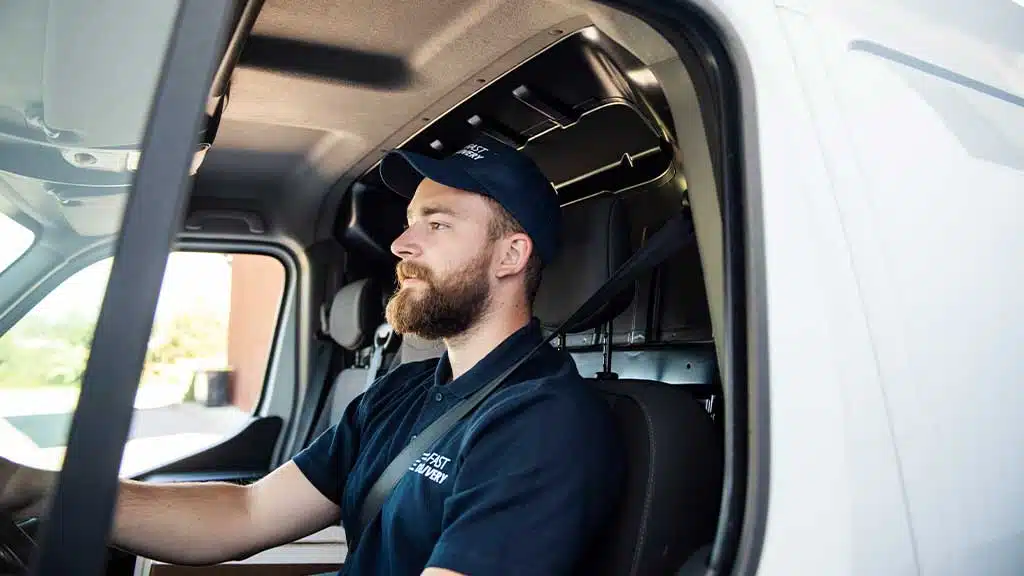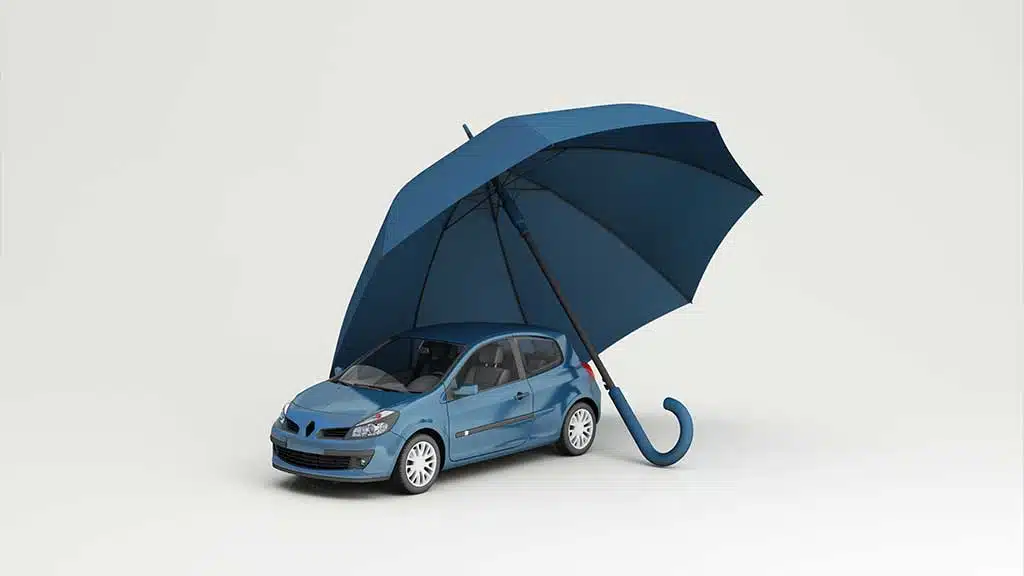The Mercedes Vito is a perfect rental van for those looking to travel as a group. Whether you plan to travel with your family, work colleagues, or business associates, the Mercedes Vito is among the best-performing rental vans. The Mercedes Vito dimensions ensure adequate internal space for passengers and cargo. Read on to understand these dimensions and decide if this mid-sized van can fit your group’s needs.
Mercedes Vito Dimensions – The Capacity and Size
The latest Mercedes Benz Vito has one roof height, two wheelbases, and three body lengths. Therefore, you have three rental options: L1, L2, and L3. When checking their dimensions, consider the following:
1. Exterior dimensions
The L1, L2, and L3 vans have different exterior dimensions. Let us analyze them below:
- Height – All three vans share the same exterior height of 1,910mm.
- Length – The L1 Vito is the shortest since it is 4,895mm long. The L2 and L3 vans are 5,140mm and 5,370mm, respectively.
- Width – When considering overall width, including mirrors, all vans are similar. They are 2,249mm wide.
- Wheelbase – The distance between the rear and front axles is the wheelbase. The L1 and L2 boast the same wheelbase of 3,200mm. The L3s are slightly larger at 3,430mm.
2. Mercedes Vito Load Area Dimensions
Again, the L1, L2, and L3 rental vans have varying load area dimensions inside the cabin. The load area refers to the overall room for your cargo. When considering the Mercedes Vito SWB dimensions, the L1 model fits best. A short wheelbase (SWB) van has a short wheelbase and overall length.
It is 4,895mm long and has a wheelbase of 3,200mm. No wonder it is called Vito Short. Due to these dimensions, the L1’s load area is the smallest. See its maximum load area dimensions below.
- Length – 2,586mm
- Height – 1,391mm
- Width – 1,685mm
- The gap between the wheel arches is 1,270mm wide.
- Volume – 5.8 cubic meters

The L2 is a large, spacious van. When looking for Mercedes Vito LWB dimensions, you should evaluate the L2. Also known as Vito Long, the L2 van has a wheelbase of 3,200mm, like the L1. However, its overall body length is larger: 5,140mm. To know if its load area can handle your group members’ cargo, check its maximum load area dimensions below:
- Length – 2,821mm
- Height – 1,391mm
- Width – 1,685mm
- Width of Wheel arches – 1,270mm
- Volume/capacity – 6.3 cubic meters.
If you are traveling with a large group of people, the L3 Vito could be the best choice. Also called the Vito Extra Long, the L3 van has a body length of 5,370mm. Unlike the L1 and L2 vans featuring a wheelbase of 3,200mm, the L3’s is 3,430mm. Hence, it has the largest maximum load area dimensions.
- Length – 3,061mm
- Height – 1,391mm
- Width – 1,685mm
- Width amid the wheel arches – 1,270mm
- Volume – 6.9 cubic meters
Even if the load areas between these panel vans differ, they have the same structure. They have a steel bulkhead, a sliding side door on both sides, and a typical rear barn door. Each van has fitted load lashing rings. However, you can get optional floor lashing rails and more for the side of the load area.
All vans have wooden or composite flooring material and hardboard load lining for the sides. They also feature an LED lighting strip to ensure you can still access the cargo area during the dark.
3. Mercedes Vito Door Dimensions
As earlier hinted, all three vans feature a sliding door on both sides and one rear door. The Mercedes Vito dimensions for doors are equal on all vans. The side load door has a height of 1,252mm and a width of 985mm. Its rear door is 1,261mm high and 1,391mm wide.
The rear door is also the tailgate, which is uncommon with other cargo vans. The vans have a loading height of 588mm. This is the distance from your feet to the loading floor.
4. The Highest Payload Capacity

It is essential to count a van’s maximum load capacity. This way, you can pack just enough cargo for everybody’s safety and comfort. The Mercedes Vito dimensions in this regard vary, as shown below:
- L1- The maximum payload capacity for the L1 model is 1,029kg.
- L2- The highest payload capacity for L2 is 1,002kg.
- The Highest payload rating for the L3 van is 967kg.
The best Mercedes Vito trim level is the L1 if you want the highest payload. The maximum towing capacity across all models is 2,500kg if you have a braked trailer. If you do not, the total towing capacity is 2,000kg.
Selecting the Best Rental Van Based on Dimensions
Focusing on the Mercedes Vito dimensions when hiring a van for any activity is vital. First, it can help you select a van for ferrying everyone with their cargo. Based on the data we have shared above; you can choose a van that best suits your group’s needs like this:
- L1- If you are a small group, the best van to choose is the L1. Up to nine people can sit on it but they cannot load a lot of luggage. The Mercedes Vito internal dimensions are a bit limiting regarding the load area. Offering a load capacity of 5.8 cubic meters, the L1 van is only reliable if your group is small.
- L2 – The Long Vito is a good pick for many travelers who want to carry many bags. Its load area has a capacity of 6.3 cubic meters, which is large enough for your cargo. As a result, you can hire the L2 van for commercial and personal uses.
- L3 – The Extra Long Vito is the best van for every activity. If you want to haul a heavy load, this van might help you more. It has the largest maximum load area by volume, length, and width.
As you have noted, the height dimension is constant on all three vans. When you have not loaded any of these vans, the maximum exterior height is 1,910mm. The vans’ maximum interior height is 1,391mm. After placing the cargo in the load area, the maximum internal and external heights should drop slightly.

Hence, do not consider height as a key factor when choosing between these vans. Instead, focus on overall body length, width, and volume. The larger your group is, the bigger the van should be.
What Things Make the Mercedes Vito the Best Rental Van?
One must think about the Mercedes Vito dimensions when finding a rental van. It is the only way to know the option that can suit your group’s needs. Besides these, other things can motivate you to hire one of the three Mercedes Vitos, including:
- Comfort – Mercedes Vito vans provide some of the most advanced internal features. First, your passengers will have adequate room for their heads and legs. These vans are suitable for long and short trips because of their comfort.
- Flexible seat arrangements – Each van renter has unique needs. One person might want to fit more people than cargo. Another might want to carry many people and a lot of cargo. Still, you might want to ferry more cargo than the passengers. The Mercedes Vito allows you to arrange the seats according to your needs.
- Safety features – Even if you can keep all your cargo and passengers in the Vito, you must drive them safely. Luckily, the Mercedes Vitos have advanced safety features. One of these is Active Brake Assist. It can alert your driver to potential risks on any road. The visual warning system will automatically decelerate the car when it detects some hazards. The tire pressure monitoring automatically detects the correct levels. The Active Distance Assist Distronic keeps the vehicle at a distance from the one ahead to ensure safety. If the driver is starting to get tired, the Attention Assist feature will produce an audio or visual clue. Lastly, the Lane Keeping Assist stops your driver from swapping lanes dangerously.
- Versatility – Some rural routes can lead to bumpy, rough roads. A Vito has perfect craftsmanship to navigate through harsh road conditions. It will provide super smooth rides on tarmac roads even when loaded. Whatever situations you encounter on the road, the Mercedes Vito can handle them all. Even when driving through crowded streets and parking lots, this auto’s turning radius will amaze you.
- Best interior features – Your passengers will enjoy sitting comfortably in the van’s cabin because of its advanced interior features. If they all love music, the van offers a quality sound system. Additionally, it has a big touchscreen for strain-free viewing. The air conditioning system keeps the van aerated depending on the current climatic conditions. If you travel in summer, the air conditioner will lower the temperatures to ensure everyone is cozy. If you take a trip during the cold months, the system will maintain warmth in the car.
Final Say
One vital consideration when hiring a van is the Mercedes Vito dimensions. All Vito models have similar internal and external height dimensions. If you plan to transport a large group of people and cargo, your top choices are the L2 and L3 vans. On the other hand, the most reliable SWB van is the L1. It can handle your small group’s travel needs.




































